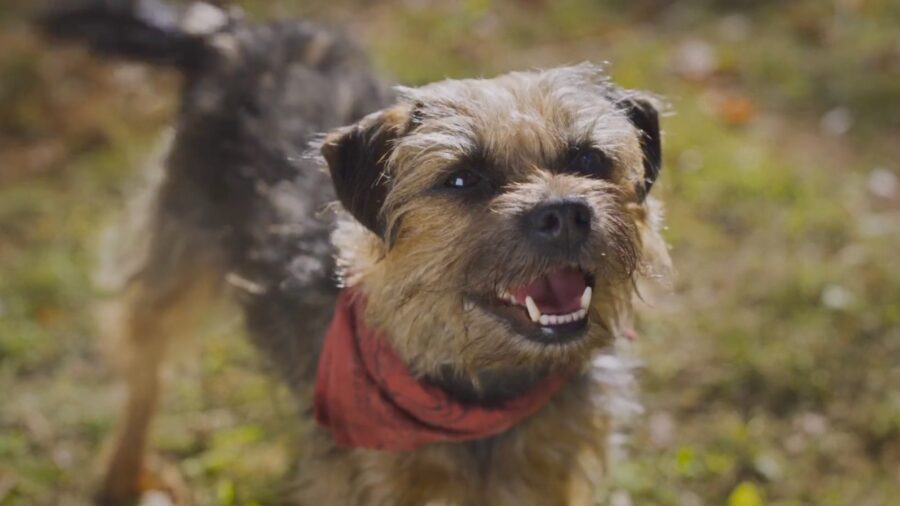Dog Brains Are Growing Larger And Larger
As dogs continue to evolve further away from their ancestor, the wolf, their brains gradually increases in size.

Anyone who’s gone to see Guardians of the Galaxy Vol. 3 can tell you what a good dog Cosmo the talking, psychokinetic space pup is. If you’ve ever looked down at your own mutt and wondered why they couldn’t talk or lift stuff with their mind, well, be careful what you wish for. Scientists have recently discovered that the average dog’s brain has grown significantly in the last 150 years, and while that doesn’t mean Fido can suddenly carry on a conversation, it’s a start.
According to Science Alert, new research shows that modern breeding practices have caused dog brains to increase in size relative to their canine ancestors. Numerous studies show that the domestication of wild animals—pigs, cats, sheep, etc.—tends to shrink their relative brain size dramatically, but dogs seem to be the only exception.
Scientists think that the relative safety that comes from living with humans vs. on their own is what leads to this reduction in grey matter. Apparently, constantly worrying about simply staying alive requires more brain power than lounging in a pen or cat bed all day and having food brought to you. While the relative safety of domestication carries over to the dog, for some reason, the shrinking of brains doesn’t.

The research suggests that when dogs were first domesticated thousands of years ago, their brains—or at least the parts related to mating, dodging predators, and hunting—did shrink initially when compared to the wolves that dogs are directly descended from. While a dog similar in size to a wolf still has a brain 24 percent smaller than its wild cousin, the farther a dog strays from a wolf genetically, the bigger their brains tend to be.
Researchers studied 159 dog breeds, including some wolves, and found that modern breeding practices from the last century and a half have triggered a modest growth in the cognitive parts of the dog’s brains. The most growth, as touched upon above, occurred in the breeds least like their lupine ancestors. Scientists have offered a few theories about why these “good boys” are gradually getting smarter.
Researchers in Sweden initially chalked up the bigger dog brains to the increasingly complex tasks dogs were asked to do as society evolved. The researchers theorized that dogs bred for herding or sports would naturally evolve larger brains. Logical as that theory sounds, it was proven ultimately false by further research.
Studies showed that the only factor seeming to impact the relative size of modern dog brains was how much the breed differed genetically from wolves. The function of the breed and other factors like litter size or average life expectancy was shown to be irrelevant. This has led other scientists to theorize that having to navigate a more complicated social environment, urbanization, and needing to adapt to more rules and expectations has led to all modern dog breeds having galaxy brains.
Whatever the reason, man’s best friend—and rumor has it women and non-binary people like them as well—is getting smarter, and that’s a good thing. Maybe they’ll evolve enough h to protect us by the time Elon Musk’s army of Tesla Bots inevitably goes rogue and tries to take over the human race. Fingers crossed.












